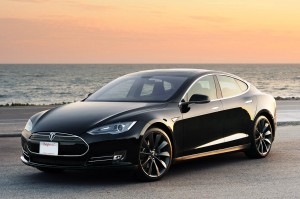The first change is that lower-income households will get a large boost in assistance. Those with incomes less than 300% of the Federal Poverty Limit will now get up to $3,000 toward a plug-in hybrid, $4,000 for an EV, and $6,500 for a fuel cell vehicle.
This means individuals earning less than $35,310 and a family of three earning less than $60,270 now qualify for double the old amount for plug-in hybrids and 60% more on EVs. Previously the rebates were $1,500 and $2,500 respectively.
The second change is the elimination of the incentive for EV and Plug-in Hybrid vehicles for those with the highest incomes. The plan calls for an income threshold of $250,000 for individuals, $340,000 for head-of-household, and $500,000 for those filing jointly.
The change is the result of legislation that passed last year to try to make the rebate program more equitable, and ideally to encourage more low-income residents to buy EVs. EVs are still largely the province of higher-income buyers. But for at least half of buyers of the luxury Tesla Model S, for example, the rebate made no difference in their purchasing decisions (see data on rebate recipient profiles and attitudes here [PDF]). So why not spread that money around to lower-income buyers, where an extra thousand bucks or so could make the difference?
It will be interesting to track the effects of this change. The big question is: will it hurt overall EV sales? Or will any decrease in upper-income purchases be offset by increases in low-income EV adoption? And if so, will that help boost political support for pro-EV policies? If this change is successful, look for other states with incentive programs — and maybe the federal government with its generous EV tax credit — to follow suit.



